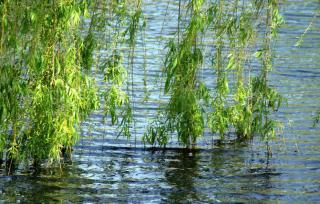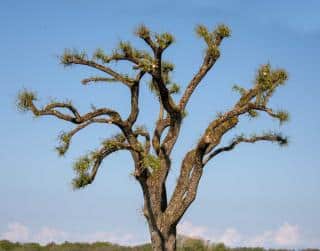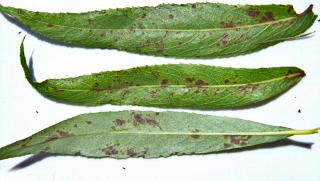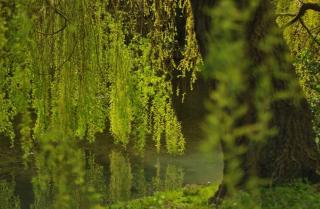

Weeping willow is an absolutely magnificent ornamental tree.
Wise Weeping Willow facts
Name – Salix babylonica
Family – Salicaceae
Type – tree
Height – 16 to 85 feet (5 to 25 meters)
Climate – Temperate
Exposure – full sun
Soil – moist
Foliage – deciduous
Flowering – May-June
Caring for a weeping willow, from planting to pruning, will contribute to the harmonious development of the tree.
Weeping willows are preferably planted in fall to enable root development before the first frost spells, so that growth can resume in the following spring.
 A willow needs water and it will settle in perfectly near a river, a pond or any body of water.
A willow needs water and it will settle in perfectly near a river, a pond or any body of water.Feel free to mulch the soil after planting to retain as much moisture as possible in the ground, because weeping willows crave it.
The best technique to multiply weeping willows is cuttings.

This will trigger sprouting of new branches, and will give the tree more vigor.
No need to prune too severely, just trim lightly, but yearly.
Any risk of disease will become more and more remote, as your weeping willow grows denser and more vigorous.

This is due to scab, which is a disease due to a fungus called Marssonina.
This disease often surges after very wet spring seasons, as most fungal diseases do.
Solution:
Native to Asia, weeping willows are majestic because of their height, but even more so because of the branches that droop down to the ground and gracefully sway as the wind tears through them.

In summer, you’ll feel its shade to be particularly refreshing.
Friend to the wettest areas, it grows perfectly along any body of water and in marshes.
Today, weeping willows are grown on every continent of the planet.
Don’t plant a willow too close to a house, because it grows huge and will block the sun out with thick shade!